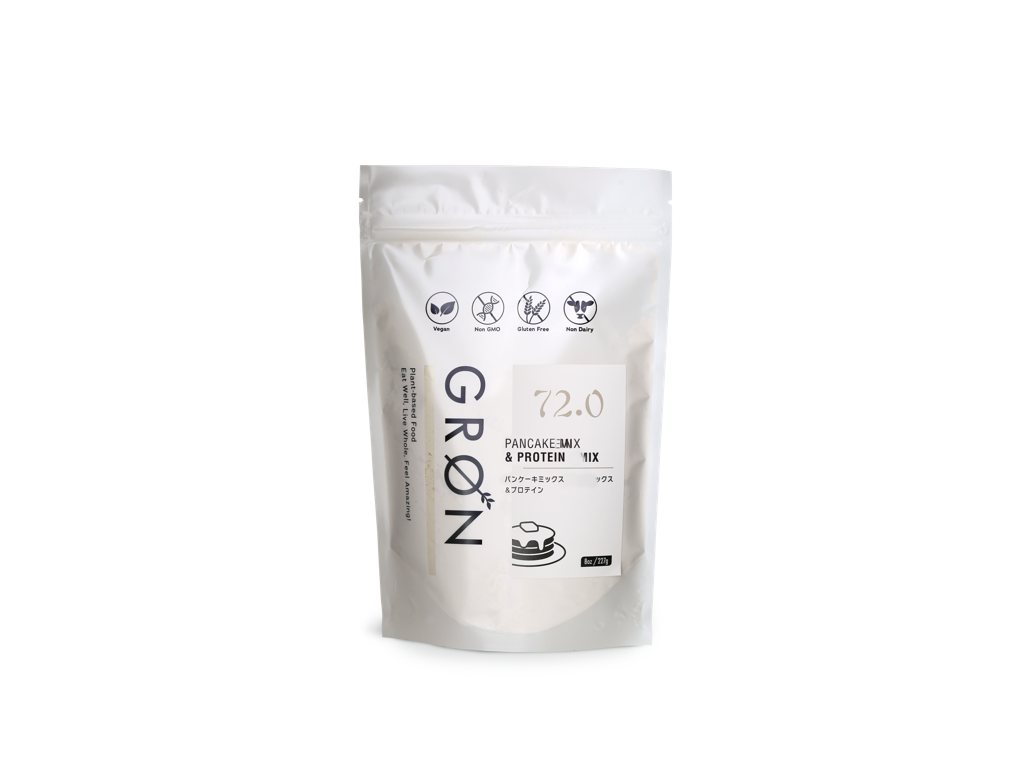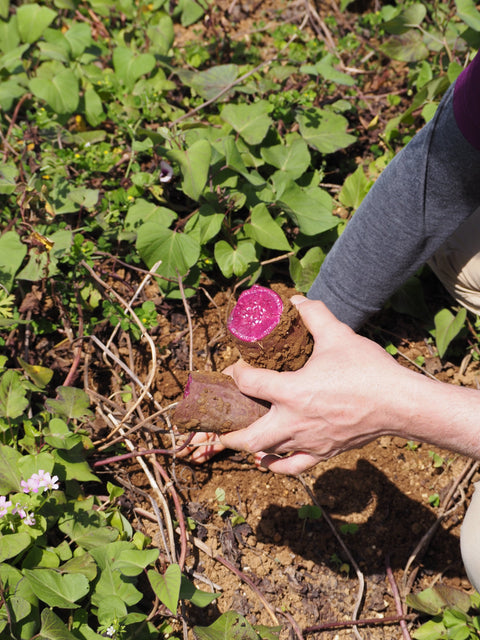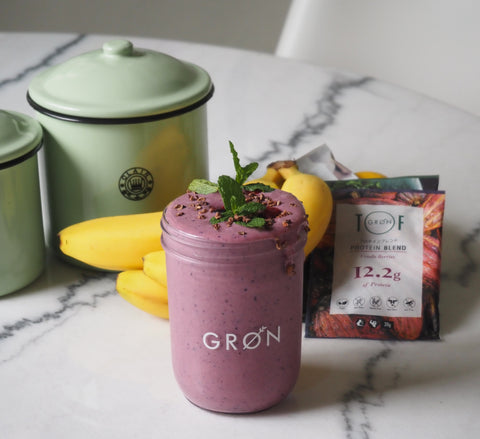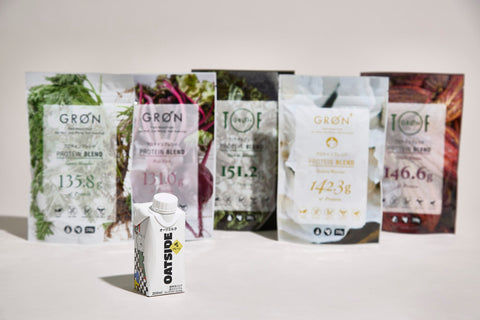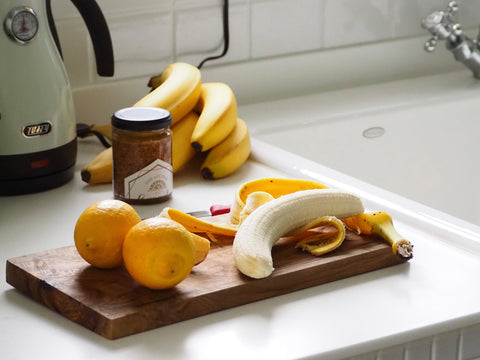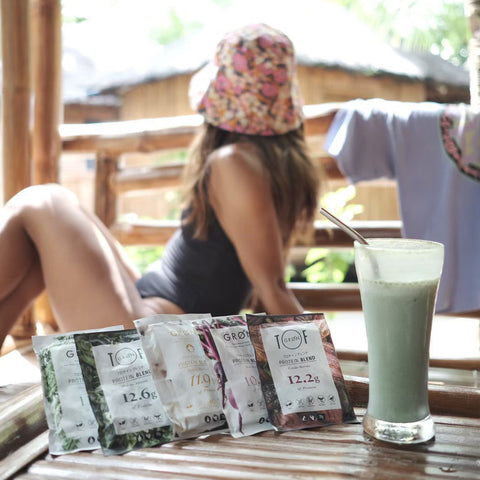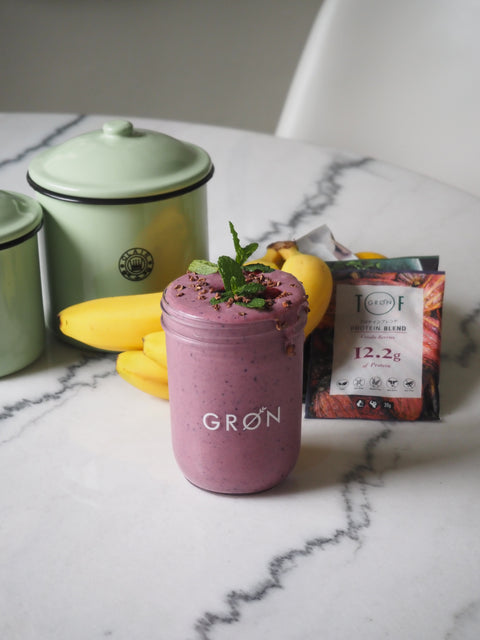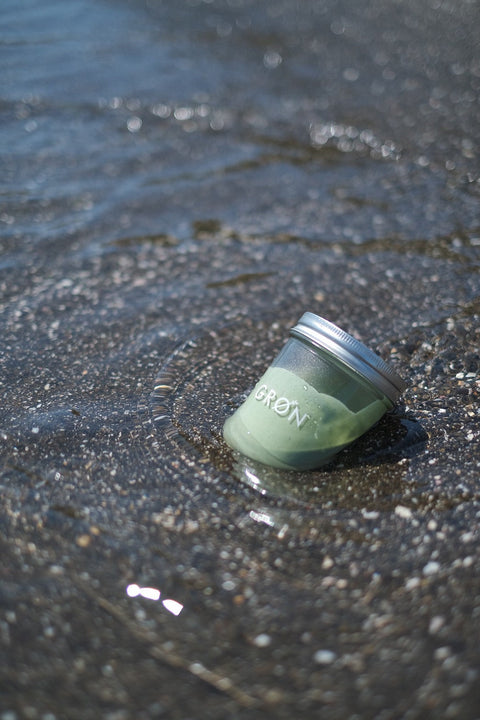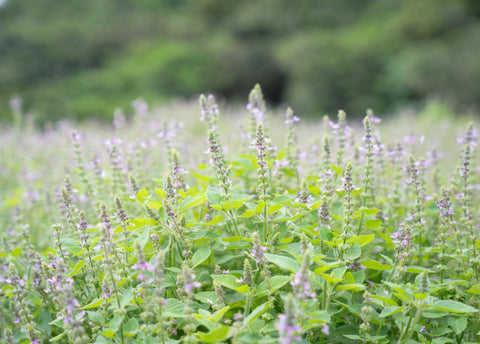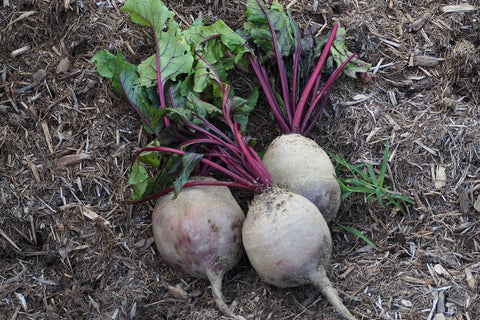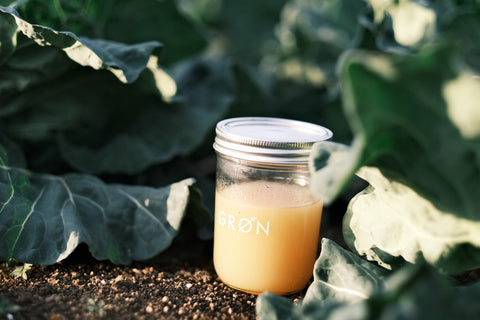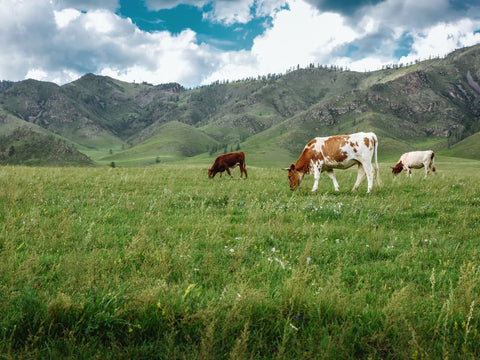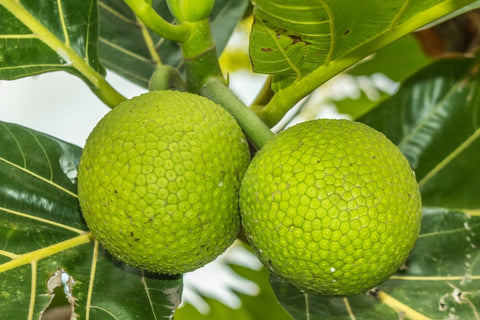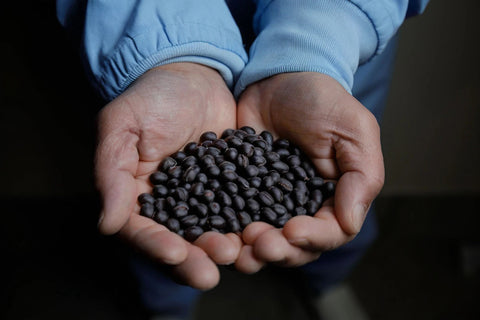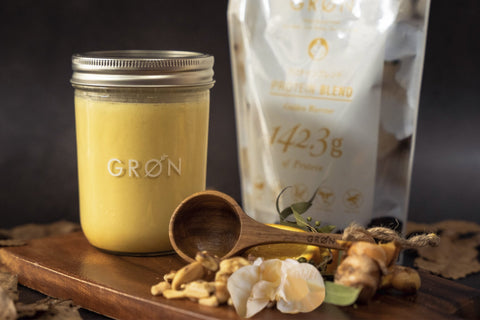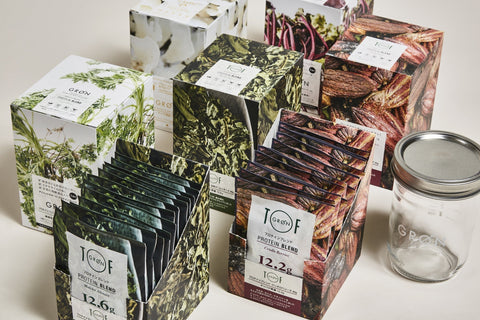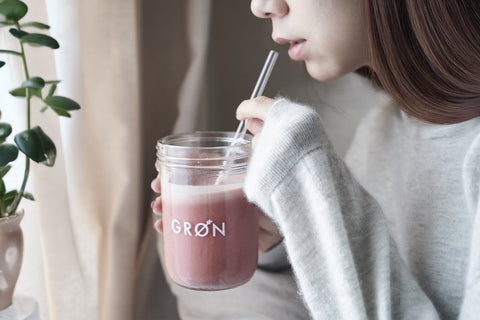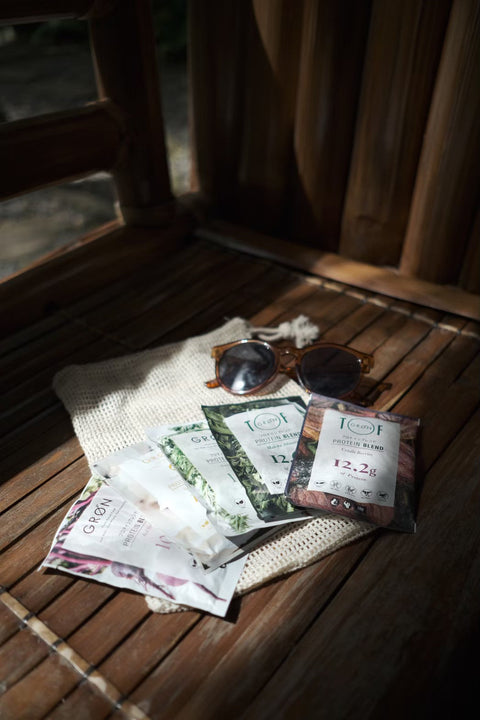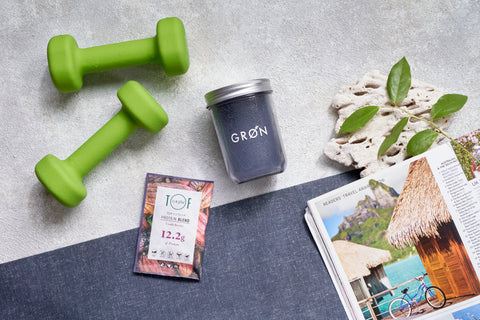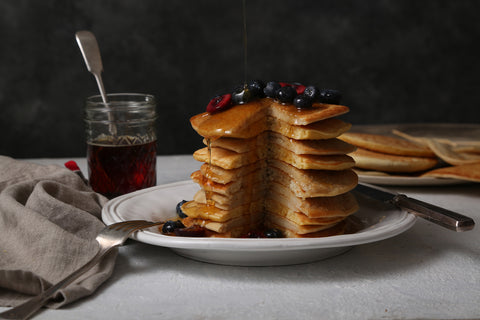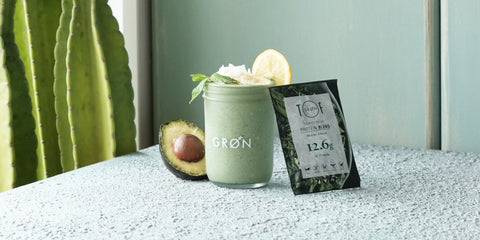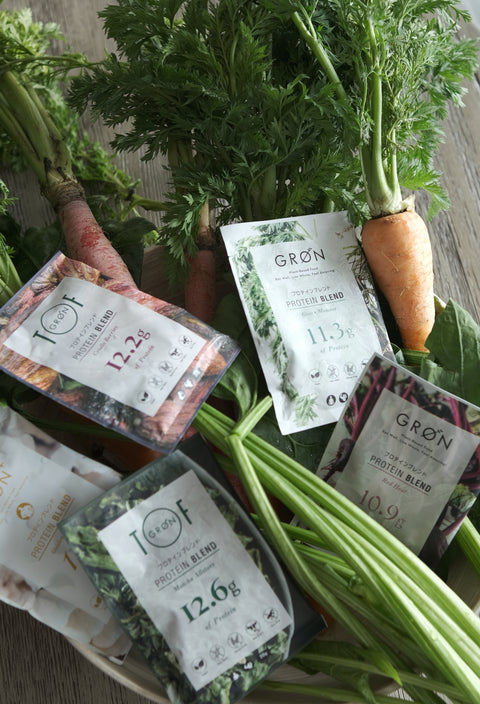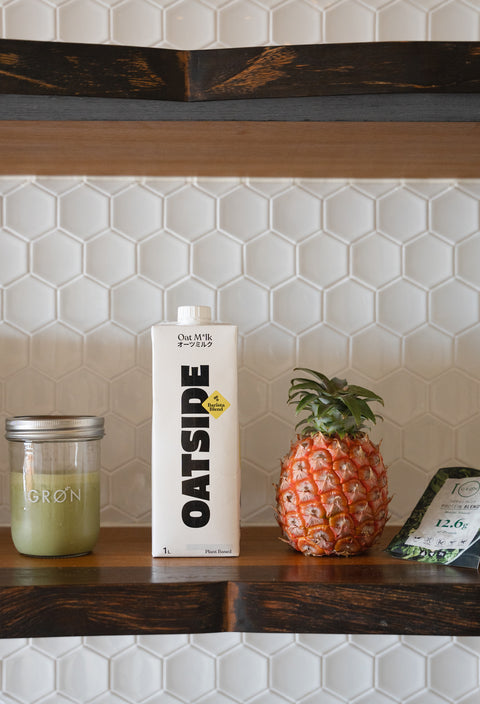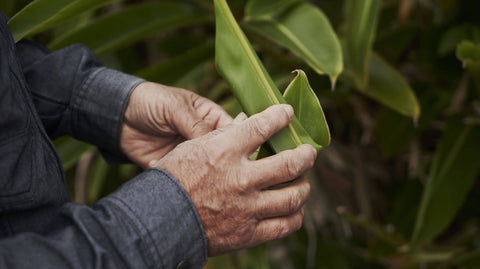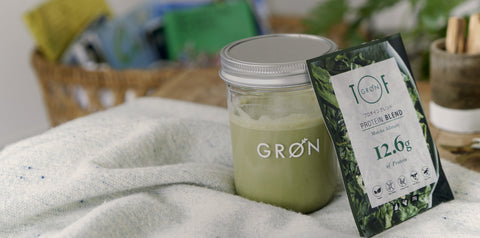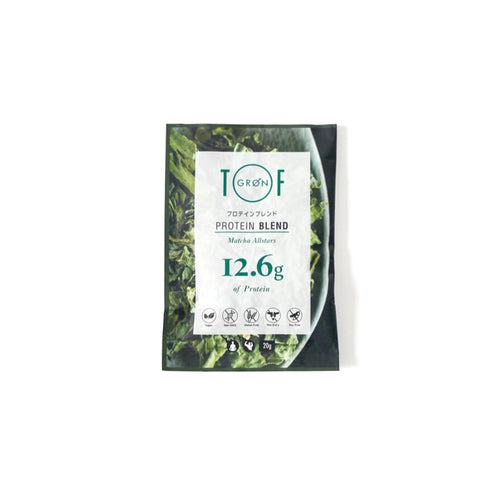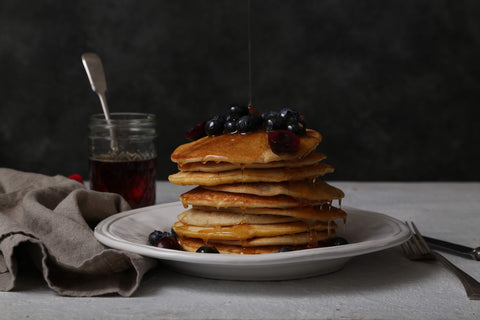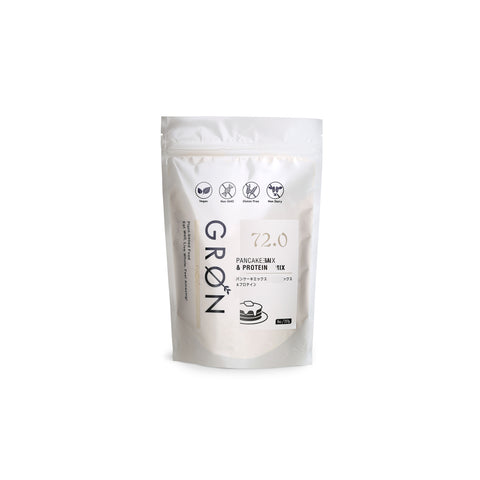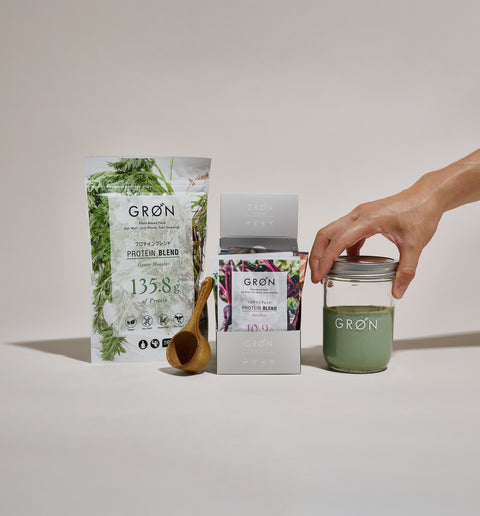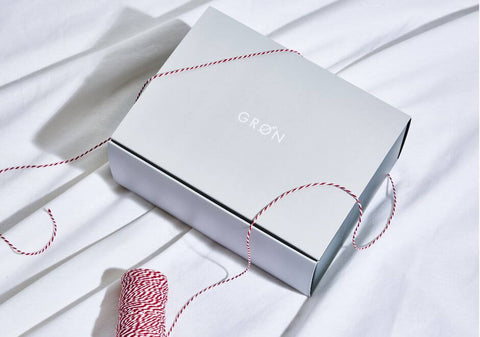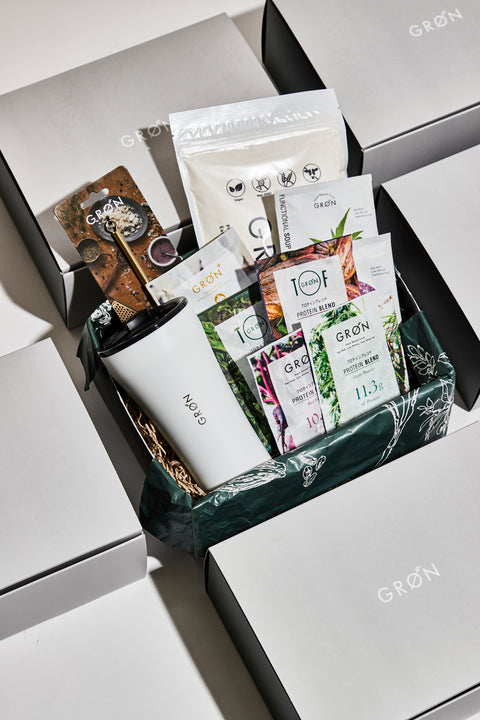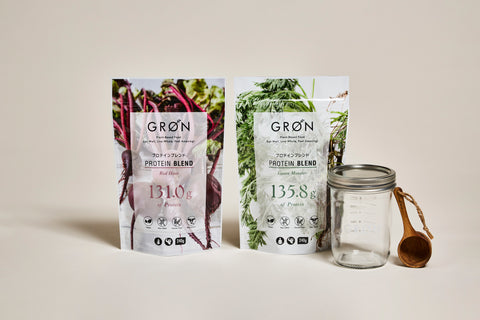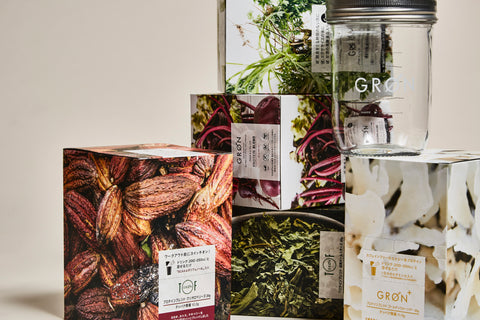About Superfoods (Gluten-Free Grains) ~Nutritionist's Column Vol.10
Familiar foods such as rice, bread, pasta, pizza, and cake...
The main component of these foods is carbohydrates (sugar), which is one of the five major nutrients. This time, we will focus on carbohydrates, particularly nutritious grains.
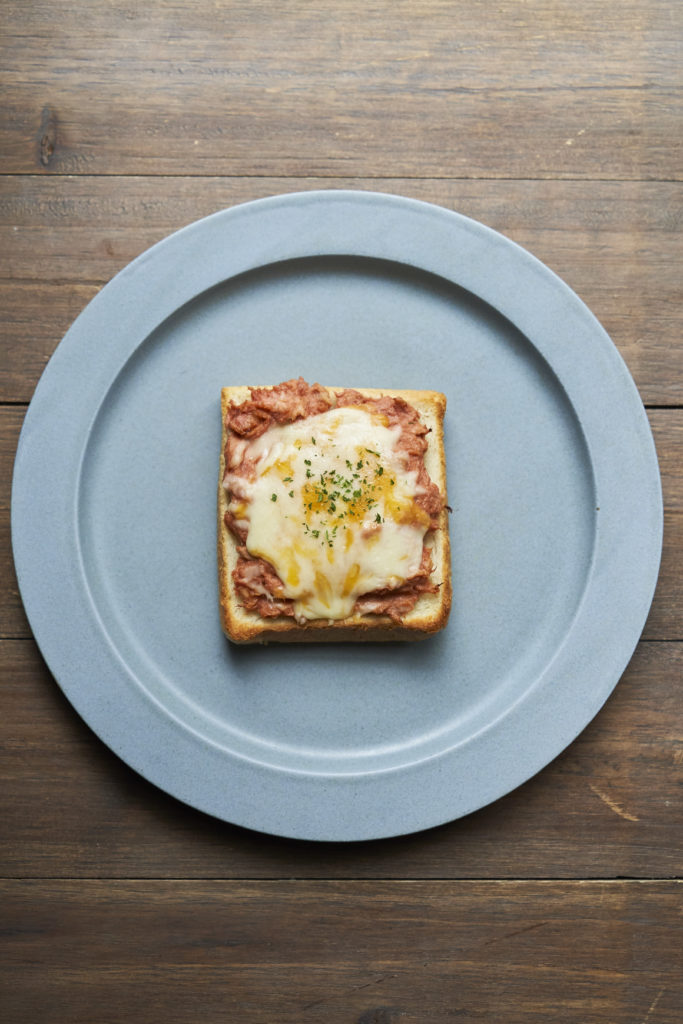
About Grains
Grains have been cultivated all over the world since ancient times. They are an essential staple food in our diet. Typical grains include wheat, rice, and corn, which are produced in large quantities, as well as foxtail millet, barnyard millet, millet, buckwheat, barley, oatmeal, rye, and pearl barley.
Main Grains and Their Functions
Wheat: Contains the main components carbohydrates and protein.
White rice: Its main component is carbohydrates but it also contains protein.
Brown rice: Compared to refined white rice, brown rice is rich in dietary fiber and the germ part is rich in B vitamins.
Black rice: Contains the black pigment anthocyanin, which has antioxidant properties, and is also rich in dietary fiber, iron, and magnesium compared to white rice.
Corn: It is eaten as a staple food in Central and South America. Its main component is carbohydrates and contains vitamins and minerals.
Millet: Also contains a lot of magnesium, iron, dietary fiber, and vitamin B1.
Barnyard millet: Contains a balanced amount of protein, lipids, vitamins, and dietary fiber.
Millet: Rich in quality protein, lipids, and minerals.
Buckwheat: Contains B vitamins and rutin, and is extremely nutritious compared to rice, wheat, etc.
Barley: It is rich in dietary fiber, especially soluble fiber.
Oatmeal: High in dietary fiber, especially insoluble fiber.
Rye: Rich in B vitamins and dietary fiber.
Pearl barley: Contains a good balance of protein, amino acids, etc. Also rich in vitamin B2.
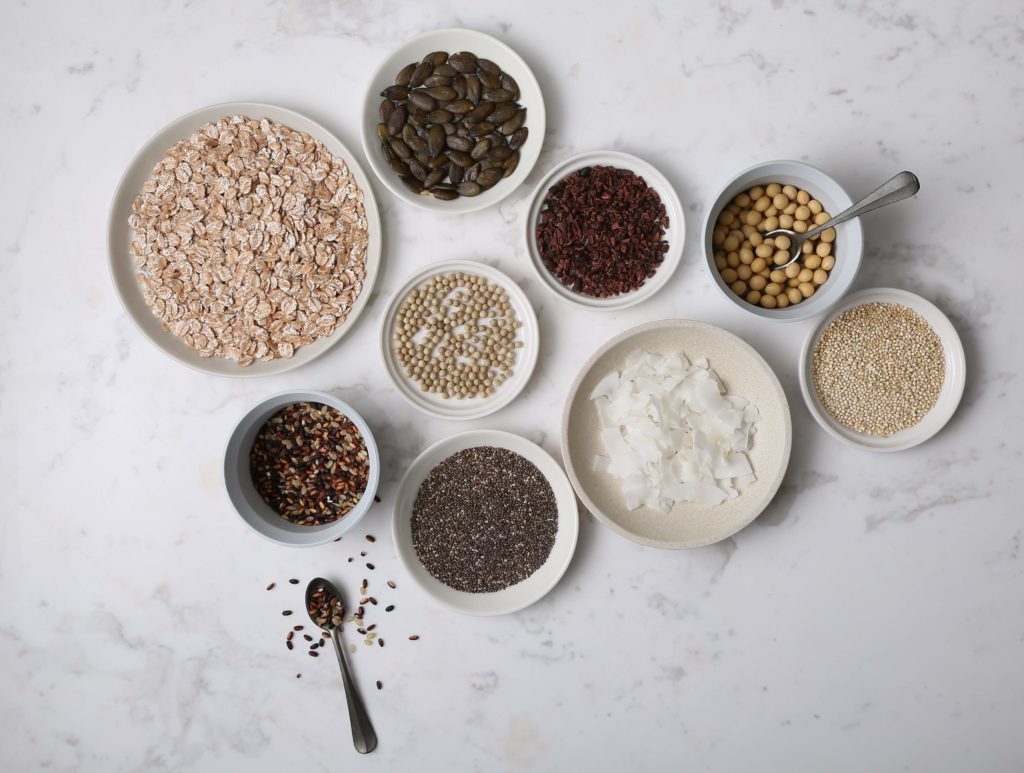
Grains are necessary as an energy source in our daily lives and are primarily composed of carbohydrates, but they also contain protein, lipids, vitamins, and minerals, making them a very important food ingredient in our diet.
About gluten
Next, I would like to talk about "gluten" in relation to grains.
"Gluten" is a protein found in wheat, barley, and rye. Wheat gluten is the most well-known, and wheat flour contains about 6-15% protein. About 85% of that is made up of "gliadin" and "glutenin."
When water is added to flour and kneaded, the elastic but stretchy "gliadin" and the adhesive and stretchy "glutenin" combine to form "gluten," which has the properties of both.
Foods that contain gluten
The main foods that contain gluten include:
・Processed foods that use wheat, such as bread, pasta, Chinese noodles, and cookies ・Foods that mainly use wheat, and seasonings such as soy sauce ・Additives such as emulsifiers, binders, and preservatives, etc.
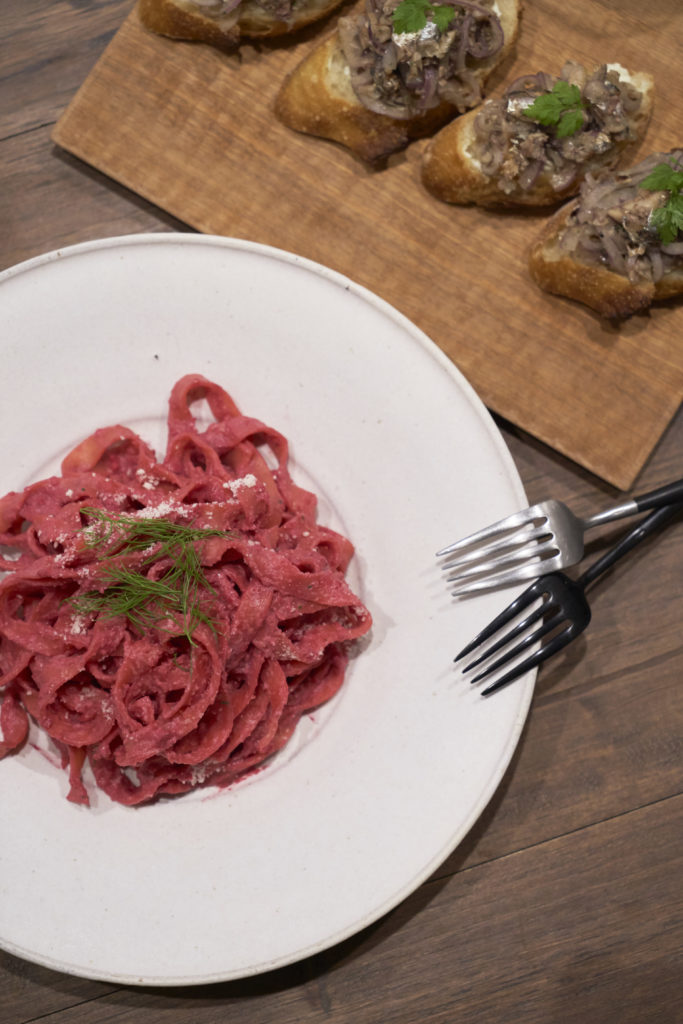
As you can see, gluten is a part of our diet. People who live a gluten-free lifestyle, such as those with wheat allergies or celiac disease, should not only avoid wheat-based foods, but should also carefully read the ingredients list and any allergy information to ensure that no gluten-derived ingredients are included when purchasing.
Wheat allergy
Wheat protein is a food allergen. When ingested, it causes an overreaction of the immune system. Immediate reactions include itchy or tingly skin, hives, stuffy nose, sneezing, watery eyes, diarrhea, stomach pain, and difficulty breathing.
Immediately after ingestion, allergic symptoms occur throughout the body, which can be life-threatening in the worst cases. In some cases, chronic reactions such as rashes, acne, rough skin, mental and neurological symptoms such as depression and dizziness, as well as headaches and fatigue may occur, and symptoms appear several hours to several days after ingestion, once the substance has entered and been absorbed into the body.
Celiac disease
This is an autoimmune disease that is increasing year by year in the West, where wheat is the main dietary source, and is the most serious disease caused by gluten ingestion. Gluten stimulates the immune system to produce certain antibodies, which then damage the small intestinal mucosa.
The current status of gluten-free
Research into the effects of gluten on the human body is said to have only just begun. Meanwhile, gluten-free diets have been in the spotlight in 2017. A book written by Novak Djokovic, a tennis player who has held the number one spot in the world rankings for many years, about the astounding improvement in his performance through a "gluten-free" diet, has recorded explosive sales around the world.
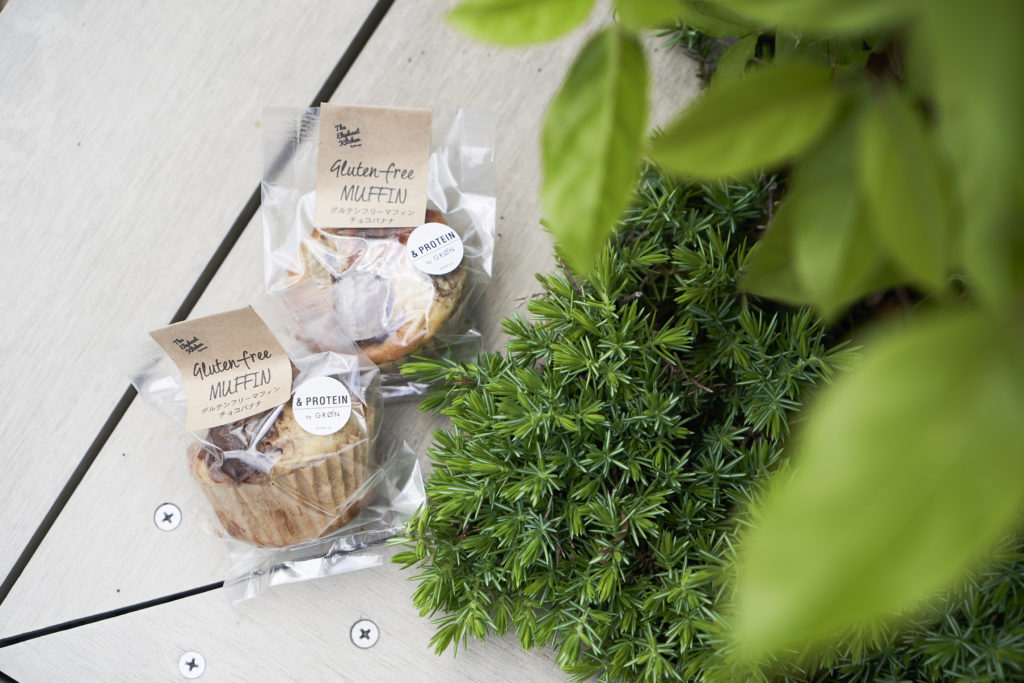
Djokovic originally suffered from celiac disease, but when he changed to a "gluten-free" diet, which involves not consuming any foods containing gluten, his chronic stomach pain and chronic nasal congestion disappeared, he was able to concentrate better on his game, he lost weight naturally, and his thinking became clearer; all of these changes occurred both physically and mentally.
Thanks to the influence of his book, the number of people living a gluten-free lifestyle is increasing. Many restaurants in Europe and the United States offer gluten-free menus, and even fast food restaurants have gluten-free menus.
In Japan, gluten-free pasta and processed foods made with rice flour, corn flour, and soy flour are now commonly seen in supermarkets and restaurants. More and more people are adopting a gluten-free diet for dieting and other reasons.
On the other hand, there are concerns that healthy people who live a gluten-free lifestyle may be at risk of health problems due to a lack of dietary fiber and micronutrients, which are preventive factors for type 2 diabetes, and due to low nutritional value.
To lead a healthy life
Some people follow a low-carb or gluten-free diet, which eliminates grains, but to maintain a healthy diet, it is necessary to have a balanced diet.
<Related GRØN products>
Protein Blend Green Monster 20g / 320 yen (excluding tax)
Protein Blend Red Heat 20g / 320 yen (excluding tax)
Pancake Mix & Protein 227g / 900 yen (excluding tax)
Protein Blend Criollo Berries 20g / 370 yen (excluding tax)
Protein Blend Matcha All Stars 20g / 370 yen (excluding tax)
——————————————————
Nutritionist, Food Education Instructor, Food 6th Industrialization Producer Level 4
Ayako Ishihara
A nutritional advisor in the healthcare field and an agribusiness professional.
She is involved in a variety of activities specializing in the fields of beauty and health, including giving lectures to Miss World Japan candidates.
With the philosophy of "enriching the mind and body through food and realizing a vibrant society where people and communities are connected," he founded i-Field Co., Ltd. in 2013 and serves as its representative.
He is a core member of the food team for "DINING OUT," which opens outdoor restaurants in various regions, and also participates in fashion brand projects.
She is also involved in the promotion of local ingredients, product development and production specializing in "health" and "beauty," branding, concept design, food hygiene, sales promotion, training planning and management, etc. She is in charge of nutritional supervision for GRØN's product development, proposing ways to incorporate them more effectively into consumer health.
——————————————————
Photos by Moeko Sawada







